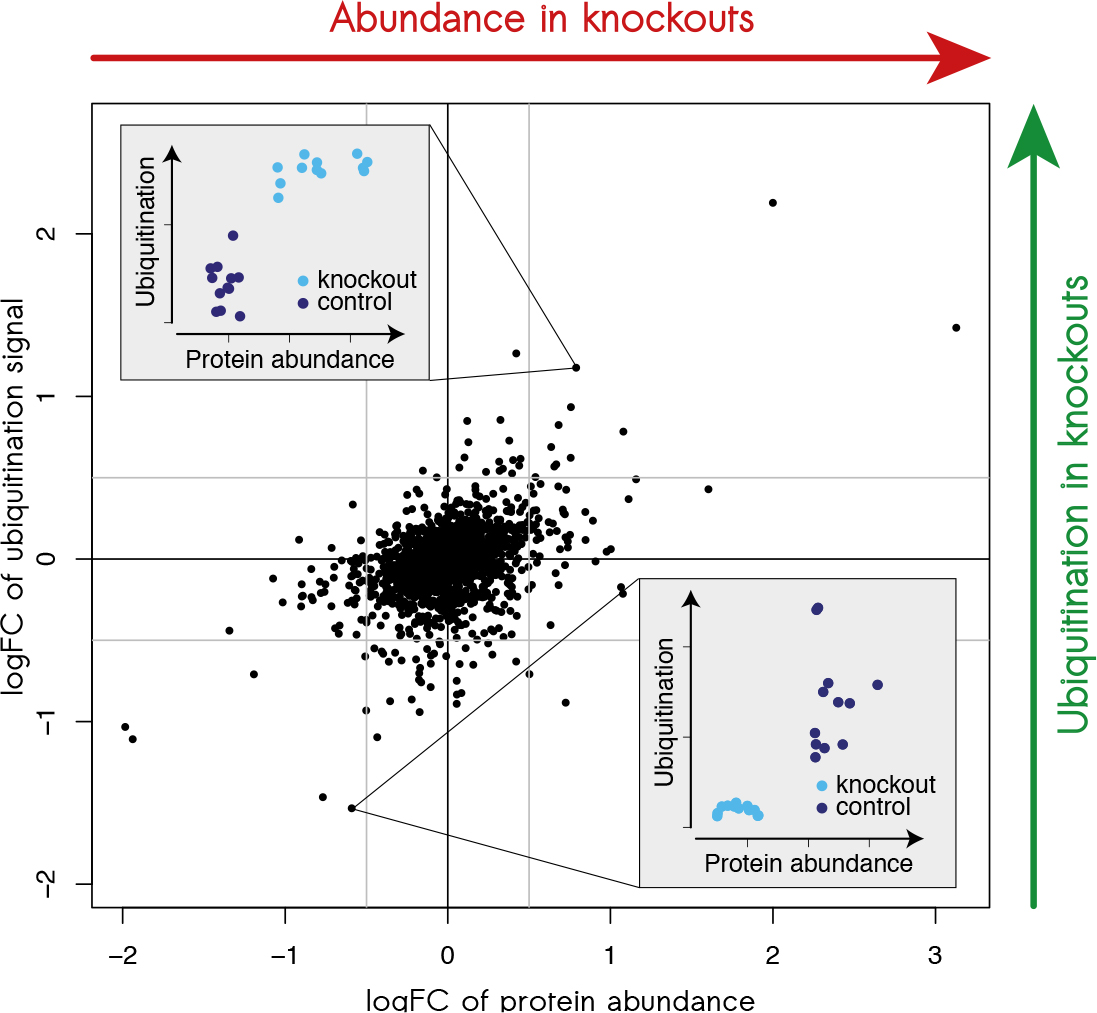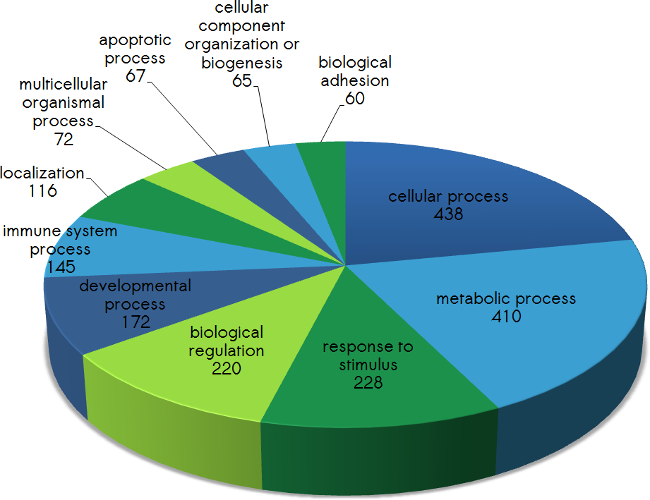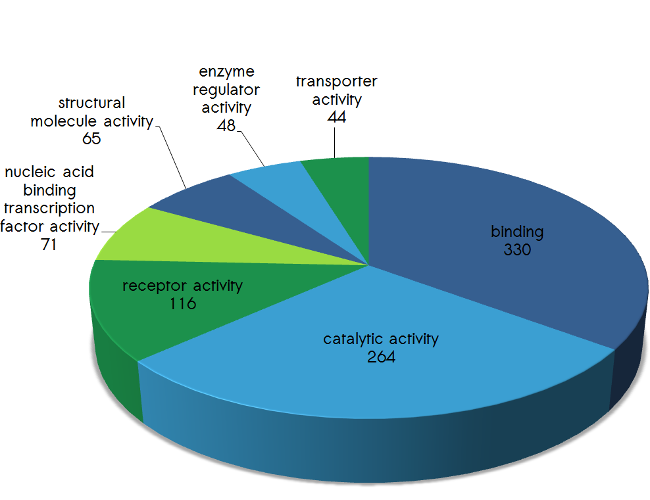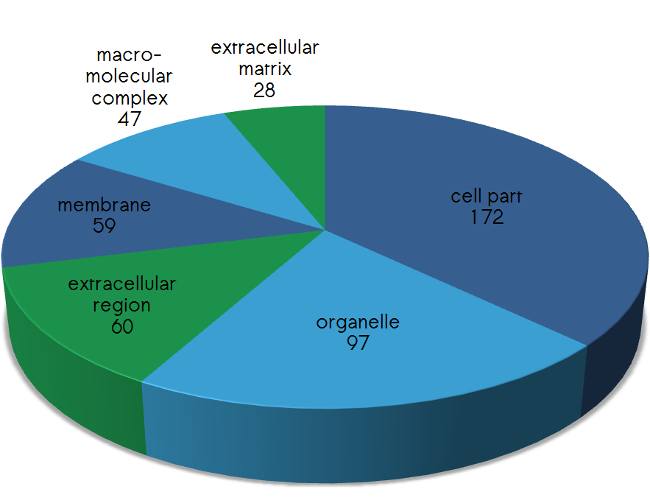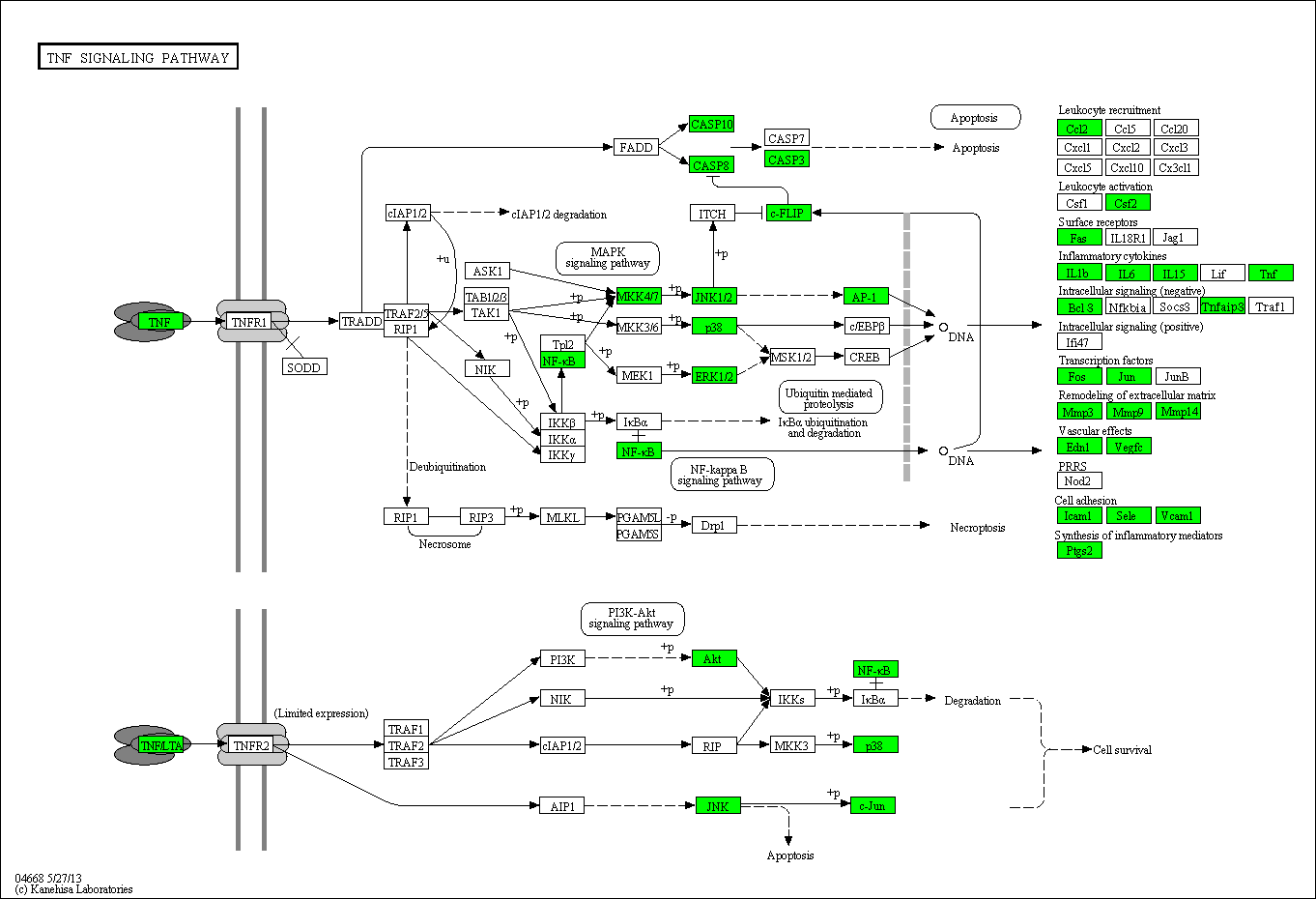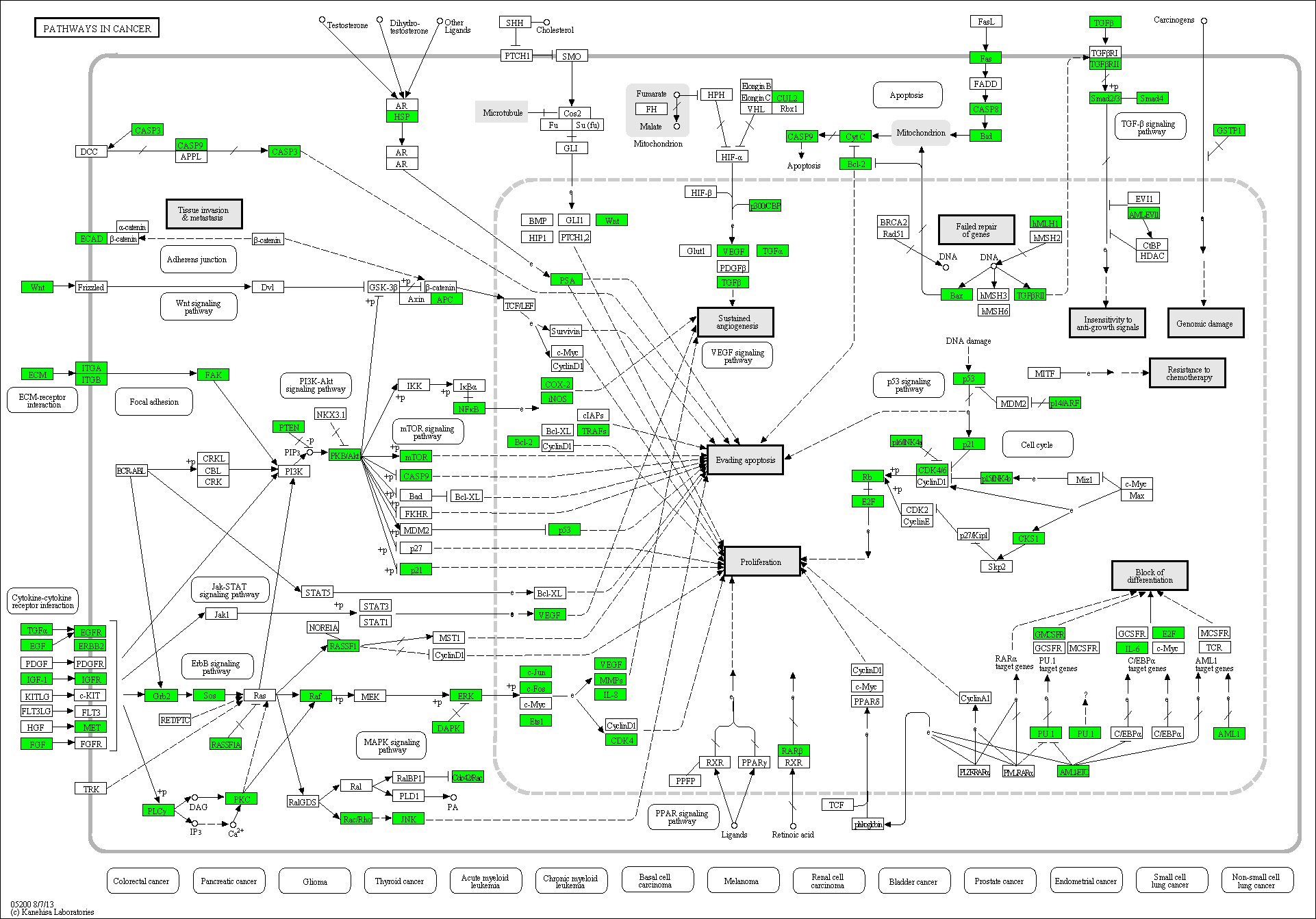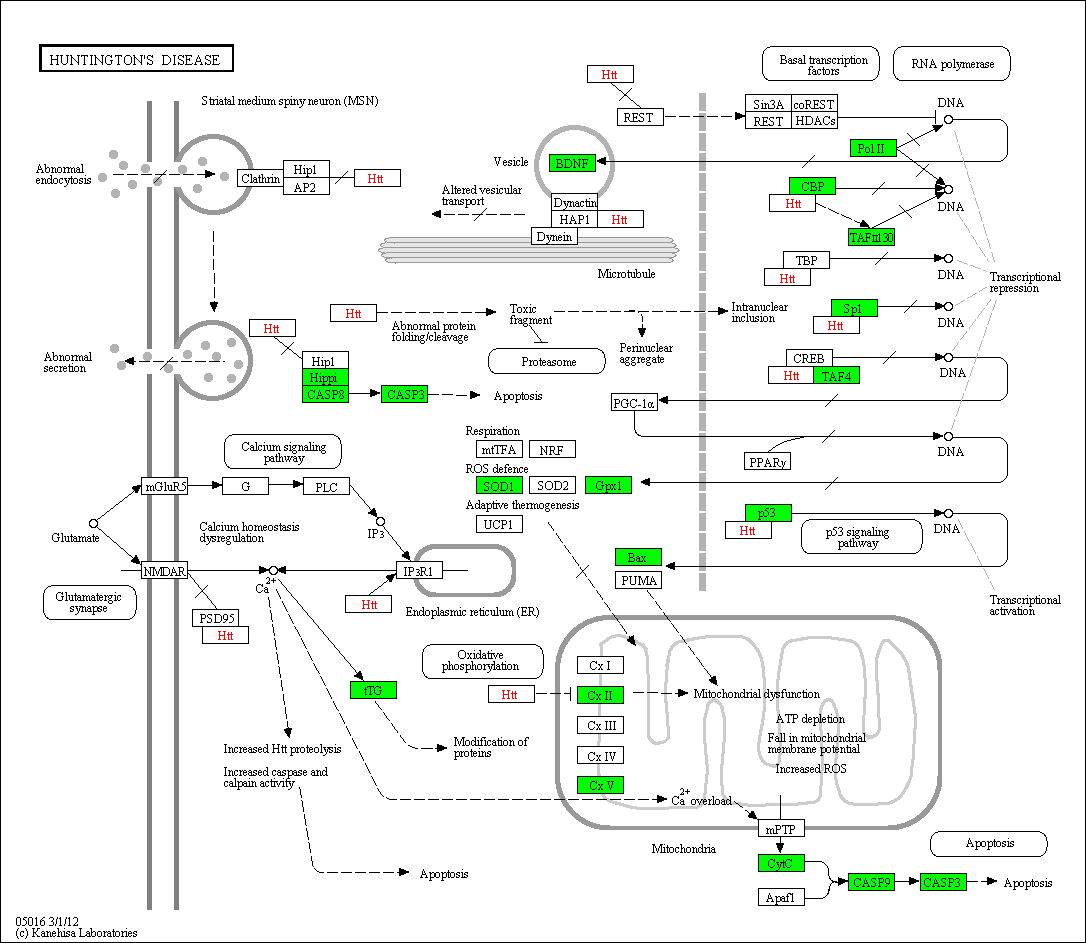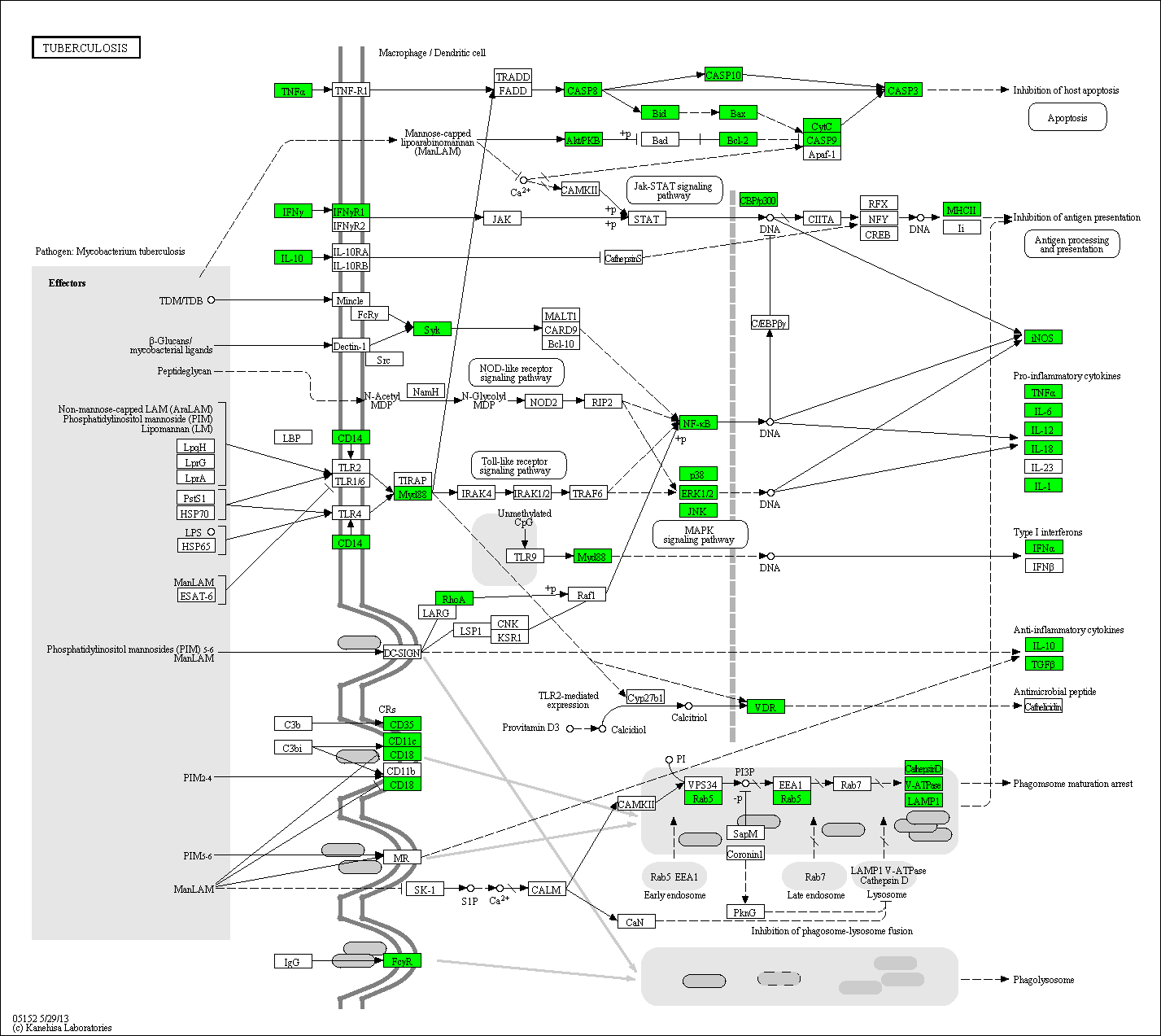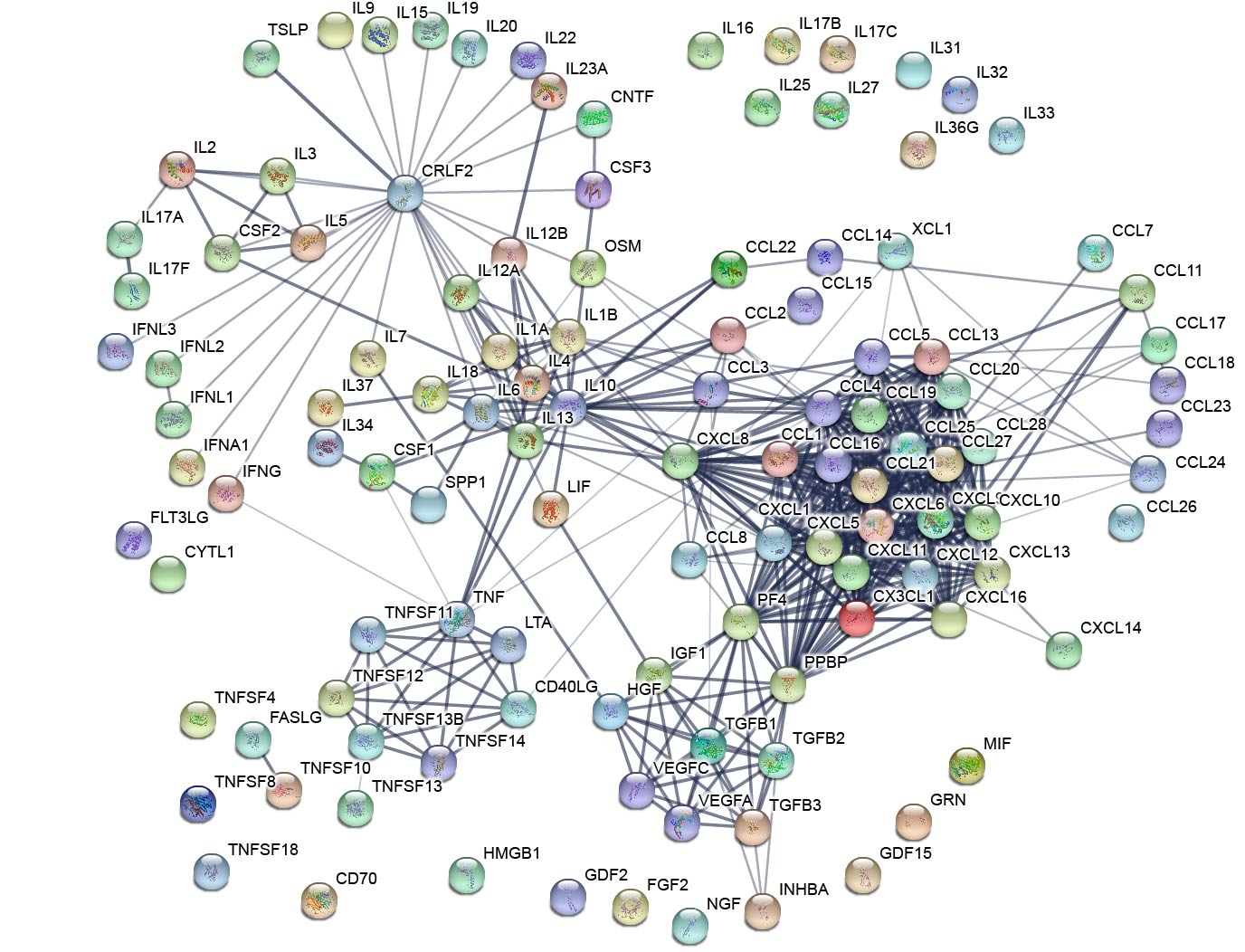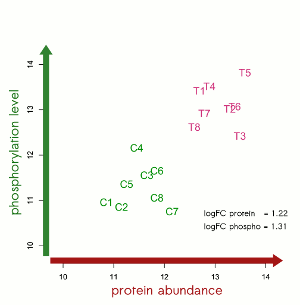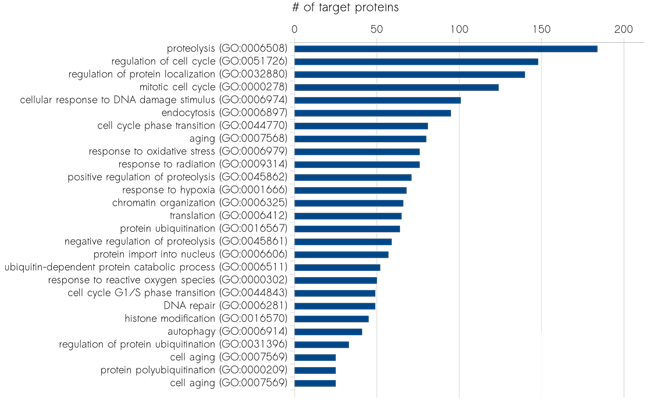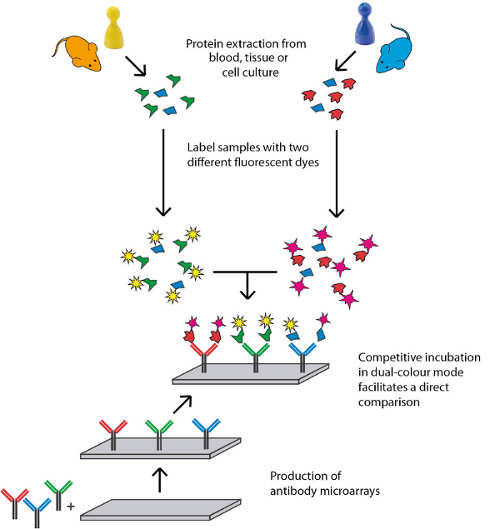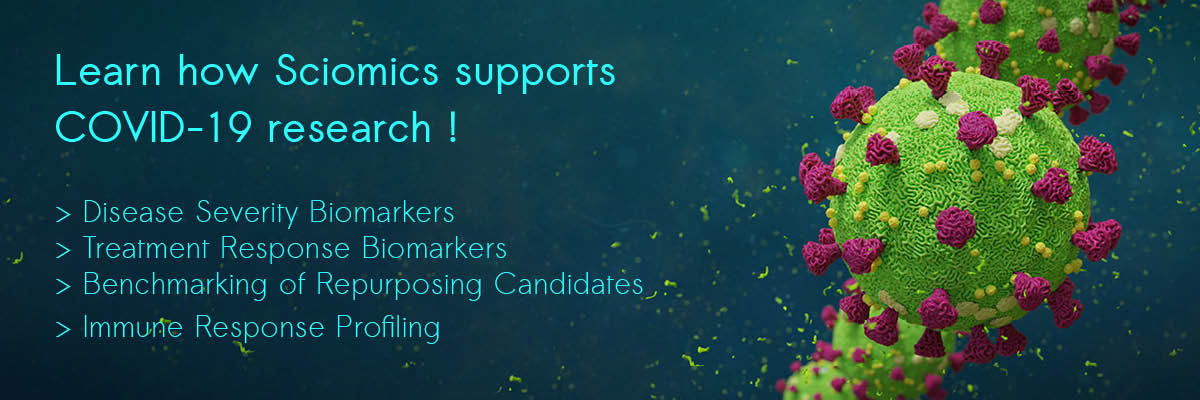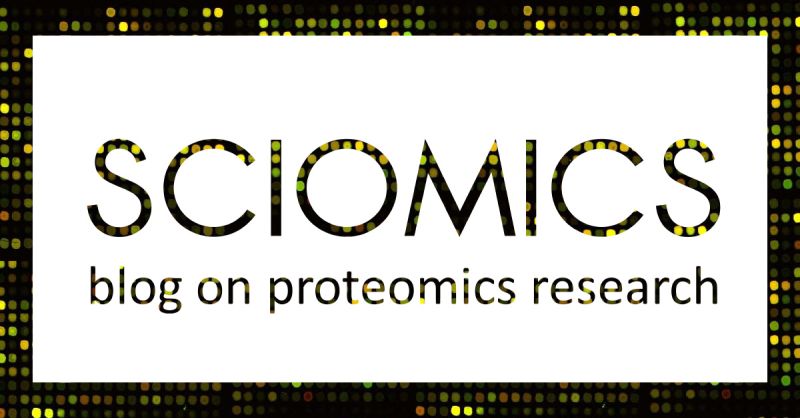scioCD - Cell Surface Marker and Cytokine Profiling
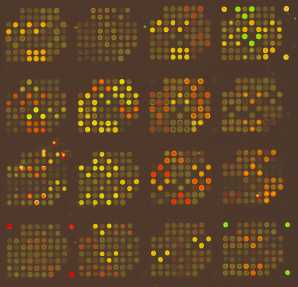
Characterize Your Cell Type!
Cell Composition Analysis in Tissue Samples
CD-Marker Expression Profiles
Increased Throughput at High Sensitivity Levels
High Reproducibility
Our scioCD profiling service covers 260 different proteins :
- up to 141 unique CD-marker molecules
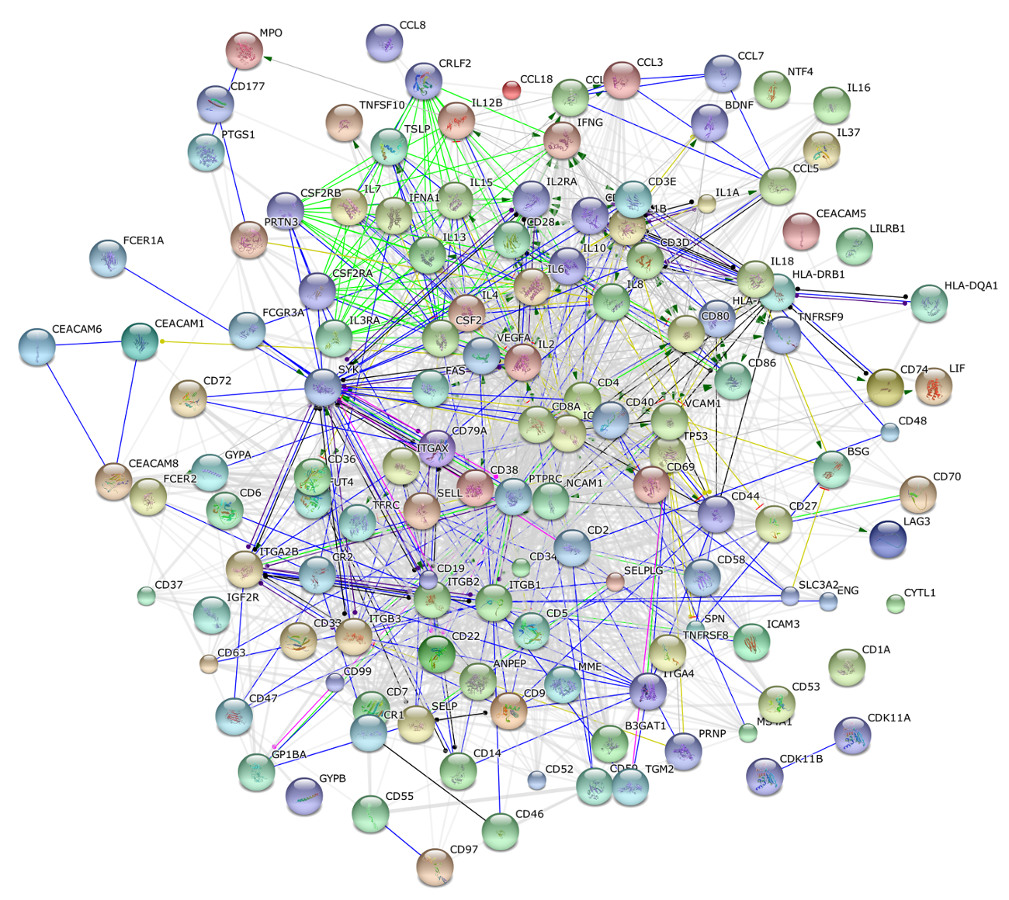
- up to 119 Cytokines/Chemokines
- other relevant proteins such as various HLAs and p53
All these proteins can be analysed in parallel within a single experiment from minute sample amounts. Thereby, scioCD antibody array analysis service is ideally suited to investigate cell composition of tissues or the differentiation status of cultured cells in a highly parallel, fast and robust fashion. In addition, protein distribution in blood samples (plasma / serum) can be analysed efficiently, providing insights in the blood cell composition.
scioCD is a complete sample-to-result service for a variety of different sample types. The respective protocols were developed over a period of 15 years and are optimised towards highest possible sensitivity combined with high reproducibility (coefficients of variation below 10%).
Target
proteins Analysis
Service Sample
Types Product
brochure Contact
us
Applications
|
Advantages
|
Target list (version 1) for the scioCD protein profiling service
Extended version 2 to follow soon! Contact us for the updated target overview via e-mail at This email address is being protected from spambots. You need JavaScript enabled to view it.
| CD Marker | Gene name | CD Marker | Gene name | Chemokine / Cytokine | Gene name | Additional proteins | Gene name | |||||
| CD1a | LEU6 | CD50 | ICAM3 | GM-CSF | CSF2 | ANCA | PRTN3 | |||||
| CD2 | SRBC | CD52 | HE5 | IFN alpha | IFNA1 | BDNF | BDNF | |||||
| CD3 | T3G | CD53 | TSPAN25 | IFN gamma | IFNG | Cox1 | PTGS1 | |||||
| CD4 | LEU3 | CD54 | ICAM1 | IL-1alpha | IL1A | CYTL | CYTL1 | |||||
| CD5 | LEU1 | CD55 | DAF | IL-1beta | IL1B | IgE | FCER1A | |||||
| CD6 | TP120 | CD56 | NCAM1 | IL-2 | IL2 | HLA I | ||||||
| CD7 | LEU9 | CD57 | B3GAT1 | IL-4 | IL4 | HLA-ABC | ||||||
| CD8 | MAL | CD58 | LFA3 | IL-6 | IL6 | HLA-DP | HLA-DPB1 | |||||
| CD9 | MIC3 | CD59 | MIC11 | IL-7 | IL7 | HLA-DQ | ||||||
| CD10 | MME | CD61 | ITGB3 | IL-8 | CXCL8 | HLA-DR | ||||||
| CD11a | ITGAL | CD62L | SELL | IL-10 | IL10 | MPO | MPO | |||||
| CD11b | ITGAM | CD62p | SELP | IL-12B | IL12B | NT-4 | NTF4 | |||||
| CD11c | ITGAX | CD63 | TSPAN30 | IL-13 | IL13 | NTAL | LAT2 | |||||
| CD13 | ANPEP | CD66a | CEACAM1 | IL-15 | IL15 | pan HLA-class II | ||||||
| CD14 | CD66b | CEACAM8 | IL-16 | IL16 | p53 | TP53 | ||||||
| CD15 | FUT4 | CD66c | CEACAM6 | IL-18 | IL18 | p72Syk | SYK | |||||
| CD16 | FCGR3A | CD66d | CEACAM3 | IL-37 | IL37 | TRYG1 | TPSG1 | |||||
| CD17 | CD66e | CEACAM5 | LIF | LIF | TSLPR | CRLF2 | ||||||
| CD18 | ITGB2 | CD69 | CLEC2C | TNF alpha | TNF | tTG | TGM2 | |||||
| CD19 | LEU12 | CD70 | TNFSF7 | TSLP | TSLP | VEGF | VEGFA | |||||
| CD20 | MS4A1 | CD71 | TFRC | |||||||||
| CD21 | CR2 | CD72 | Lyb-2 | Eotaxin-1 | CCL11 | |||||||
| CD22 | SIGLEC2 | CD79a | MB1 | MIP-1 alpha | CCL3 | |||||||
| CD23 | FCER2 | CD80 | LAB7 | RANTES | CCL5 | |||||||
| CD24 | CD86 | LAB72 | MCP-2 | CCL8 | ||||||||
| CD25 | IL2RA | CD95 | FAS | MCP-3 | CCL7 | |||||||
| CD27 | TNFRSF7 | CD97 | MIP-4 | CCL18 | ||||||||
| CD28 | TP44 | CD98 | SLC3A2 | |||||||||
| CD29 | ITGB1 | CD99 | MIC2 | |||||||||
| CD30 | TNFRSF8 | CD105 | ENG | |||||||||
| CD31 | PECAM1 | CD106 | VCAM1 | |||||||||
| CD33 | SIGLEC3 | CD116 | CSF2RA | |||||||||
| CD34 | CD117 | KIT | ||||||||||
| CD35 | CR1 | CD123 | IL3RA | |||||||||
| CD36 | GP3B | CD131 | CSF2RB | |||||||||
| CD37 | TSPAN26 | CD137 | TNFRSF9 | |||||||||
| CD38 | ADPRC 1 | CD139 | ||||||||||
| CD40 | TNFRSF5 | CD147 | BSG | |||||||||
| CD41 | ITGA2B | CD162 | SELPLG | |||||||||
| CD42b | GP1BA | CD177 | NB1 | |||||||||
| CD43 | SPN | CD222 | IGF2R | |||||||||
| CD44 | MDU2 | CD223 | LAG3 | |||||||||
| CD45 | PTPRC | CD230 | PRNP | |||||||||
| CD46 | MCP | CD235a | GYPA | |||||||||
| CD47 | MER6 | CD235b | GYPB | |||||||||
| CD48 | BCM1 | CD253 | TNFSF10 | |||||||||
| CD49d | ITGA4 | CD274 | PDL1 | |||||||||
| CD279 | PD1 |
Which sample types can be analysed ?
Within our scioCD analysis service the following samples can be analysed:
- plasma / serum
- fresh frozen tissue samples
- cellular content
- cell culture supernatant
- cerebrospinal fluid (CSF)
- additional sample types on request
Sample-to-result service
Within the analysis service, we will not only carry out the microarray experiments but also support you with a suggestion for an appropriate microarray study design as well as with the sample selection process in order to address your scientific question in the optimal way. Within 3-4 weeks after receipt of your samples you will receive a customised study report including a statistical analysis.
Our analysis service includes:
- definition of an appropriate study design
- sample preparation
- protein extraction
- protein concentration measurements
- protein quality control
- sample labelling
- sample purification
- incubation of the samples on antibody microarrays
- microarray scanning
- raw data acquisition
- data normalisation
- data analysis including cluster analysis
- statistical testing for differentially abundant proteins
- comprehensive study report
